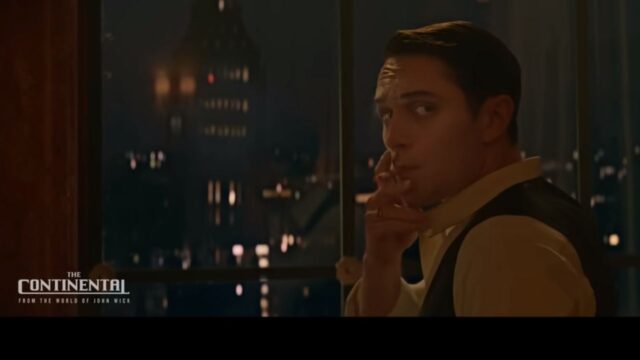I became well-acquainted with the John Wick movies while researching an appreciation piece for the late Lance Reddick, who portrayed Charon, the concierge at an exclusive New York hotel. This particular establishment, part of a chain (as most things tend to be these days), caters exclusively to assassins. The Continental, aside from offering all the opulent luxuries one would expect at a high-end establishment, has a unique feature: a strict no-murder policy within its walls. This rule ensures that everyone can unwind and relax without the threat of violence hanging over their heads.
Read More: American Horror Story
Of course, as is often the case in these films, things don’t always go according to plan. Alongside memorable performances from Reddick, Ian McShane, and the star of the show, Keanu Reeves, the movies deliver an action-packed extravaganza filled with hand-to-hand combat, martial arts maneuvers, acrobatic kicks, intense gunfights, knife duels, adrenaline-pumping chases, and some rather explosive moments.
The fact that the hotel’s origins trace back to “an organization that predates the Roman Empire” leaves plenty of room for potential prequels. The first installment, titled “The Continental: From the World of John Wick,” has been created by Greg Coolidge, Shawn Simmons, and Kirk Ward. It’s being presented as a three-night television event, set to premiere on Friday on Peacock.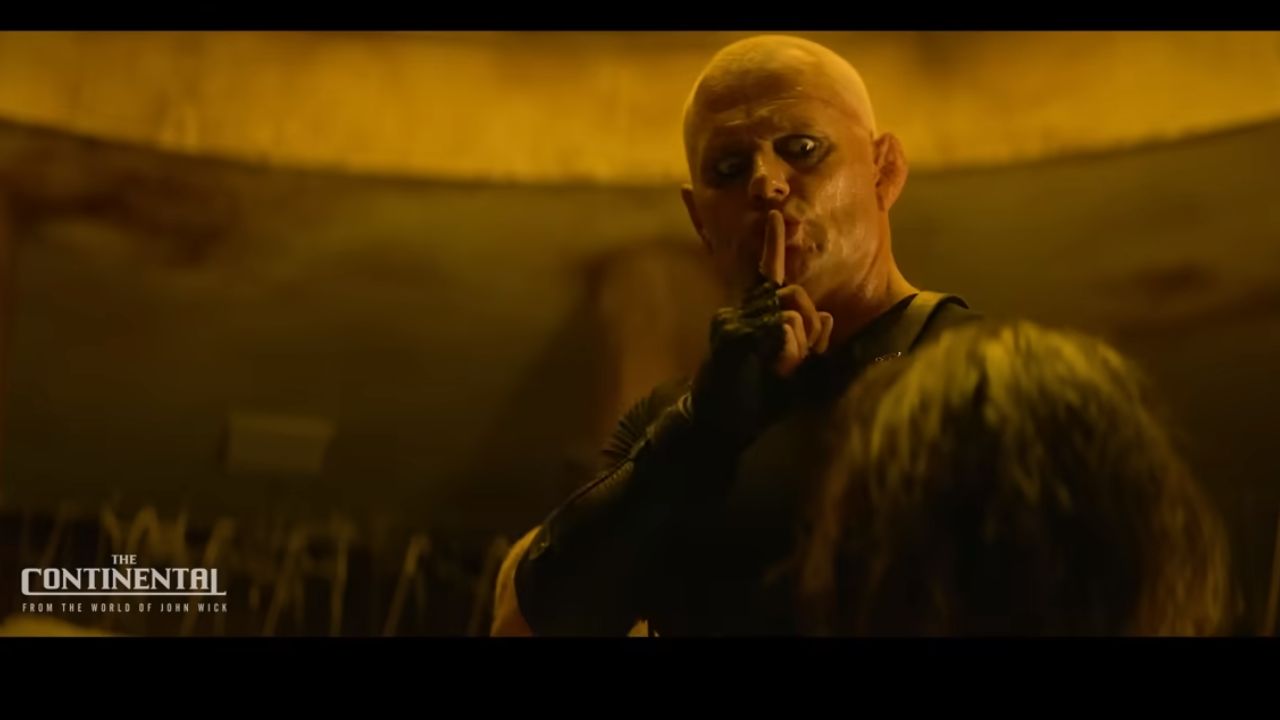
The story unfolds in the gritty backdrop of Lower Manhattan during the 1970s, amidst a garbage strike and streets strewn with refuse. It also features flashbacks to the Bronx in the ’50s and brief glimpses of London and Vietnam. The plot revolves around Winston Scott (played by Colin Woodell), a highly successful con artist who will eventually evolve into the character portrayed by Ian McShane. He gets forcibly brought to the Continental by its manager, Cormac (played by Mel Gibson). Cormac is deeply upset because Scott’s estranged brother, Frankie (played by Ben Robson), has stolen the “ancient coin press” used to craft the golden tokens that identify Continental members. This loss not only threatens the organization’s survival but also puts Cormac in immediate danger.
During their encounter, Winston remarks to Cormac, “You got old,” alluding to their shared history from the Old Neighborhood.
Read Also: Best Movies About Famous Scientists
Cormac responds with humor, saying, “Yeah, I’m wearin’ a diaper,” with Gibson attempting a Bronx accent, pronouncing it as “diyapah.” He adds, “You know they oughta call this place the Incontinental.”
Within the intricate web of familial and coincidental connections between characters, it becomes evident that the plot serves primarily as a framework for the extensive action sequences. Among the characters who could be seen as central figures are Frankie’s Vietnamese wife, Yen (portrayed by Nhung Kate); the gunrunning brother and sister duo, Miles (played by Hubert Point-Du Jour) and Lou (played by Jessica Allain); a younger version of Uncle Charlie (depicted by Peter Greene, originally played by David Patrick Kelly), whose Mustang will eventually become iconic in the movies; and KD (played by Mishel Prada), who holds the title of “the first female detective in the precinct” and shares an inexplicable romantic involvement with her senior officer, Mayhew (played by Jeremy Bobb).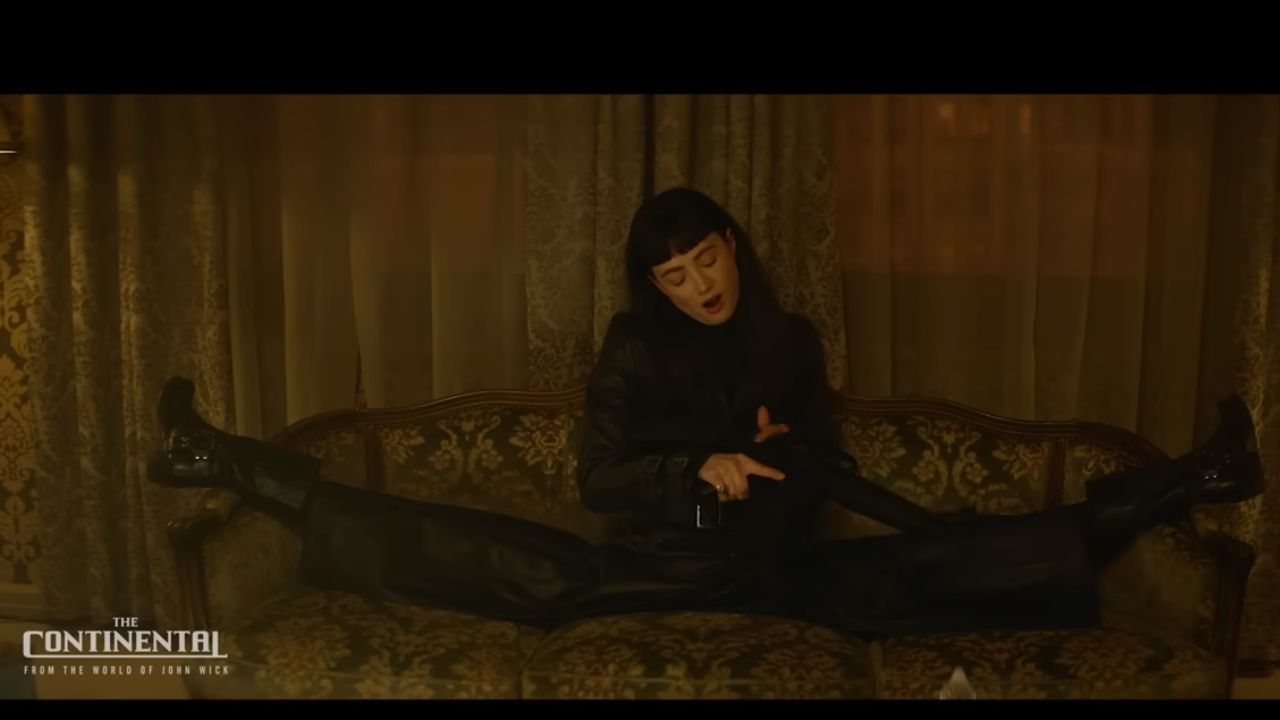
Within the confines of the Continental, the central gathering place for our protagonists, we encounter not only Cormac but also Charon (depicted by Ayomide Adegun), who would later be portrayed by Lance Reddick, and the enigmatic Eurotrash twin assassins, Hansel and Gretel (played by Mark Musashi and Marina Mazepa). Above them all looms the Adjudicator (played by Katie McGrath), her face partially concealed by a ceramic mask. The heroes, in one way or another, embody the scrappy underdogs, navigating the vast underworld of the city, while the villains exude an air of sophistication and luxury.
If this kind of entertainment appeals to your tastes – and I suspect it does for many – you’ll likely find this particular installment quite satisfying. It’s visually impressive, with the production design cleverly capturing the essence of a graffiti-strewn New York City during its era of urban decay. The action sequences are skillfully choreographed, striking a balance that keeps them engaging without stretching believability too far. While the cast may not exude the same commanding presence as Keanu Reeves and Ian McShane, they all meet the demands of their respective roles, and most either possess or convincingly emulate the necessary stunt abilities. Nhung Kate, primarily speaking in Vietnamese, stands out as the series’ most emotionally compelling presence. Mel Gibson, especially in his climactic scenes, leans into his character with gusto, which fits well within the context of the series.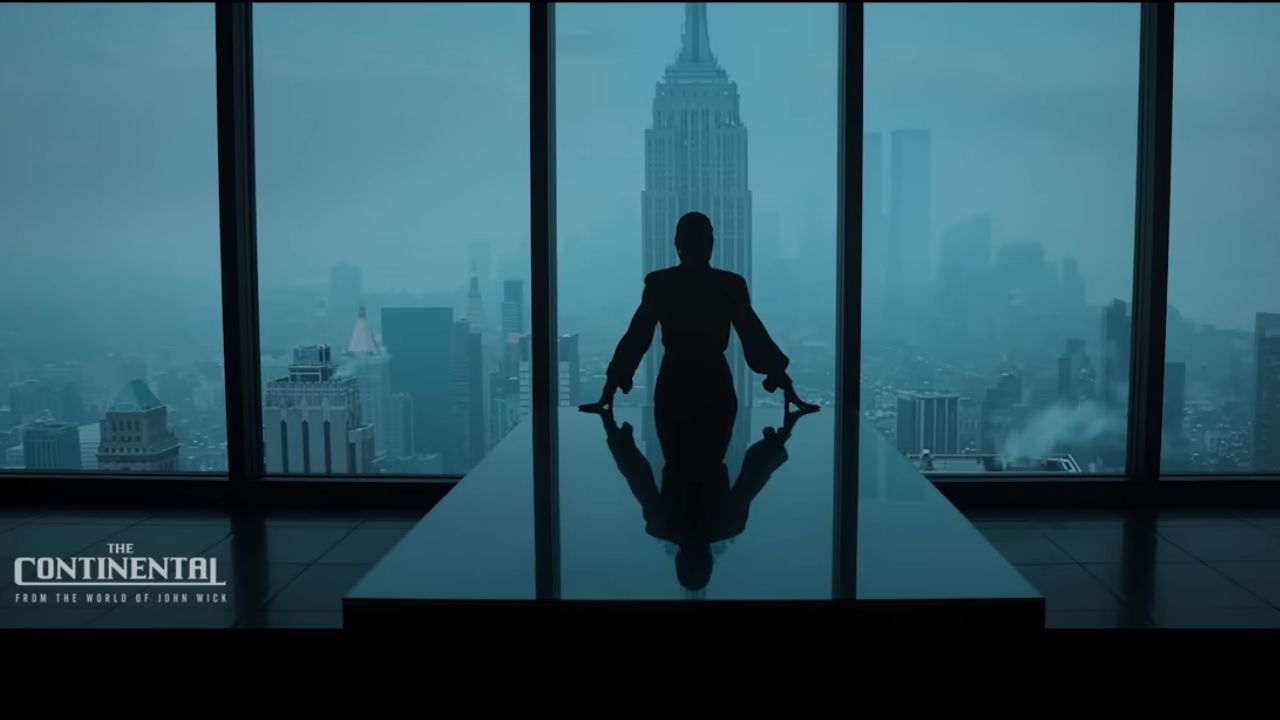
The dialogue, while not particularly exceptional, effectively conveys the necessary information, and given the gritty nature of the characters, the humor is appropriately dry. The soundtrack serves as a nostalgic jukebox of ’70s tunes, used in various ways to create ironic, literal, or random effects. As for suspense, it mainly revolves around which “good” characters, if any, will meet their demise to evoke a sense of emotional investment. When it comes to the antagonists, the series revolves around the satisfying theme of revenge, so there’s little doubt about their eventual comeuppance – that’s precisely what viewers are here for.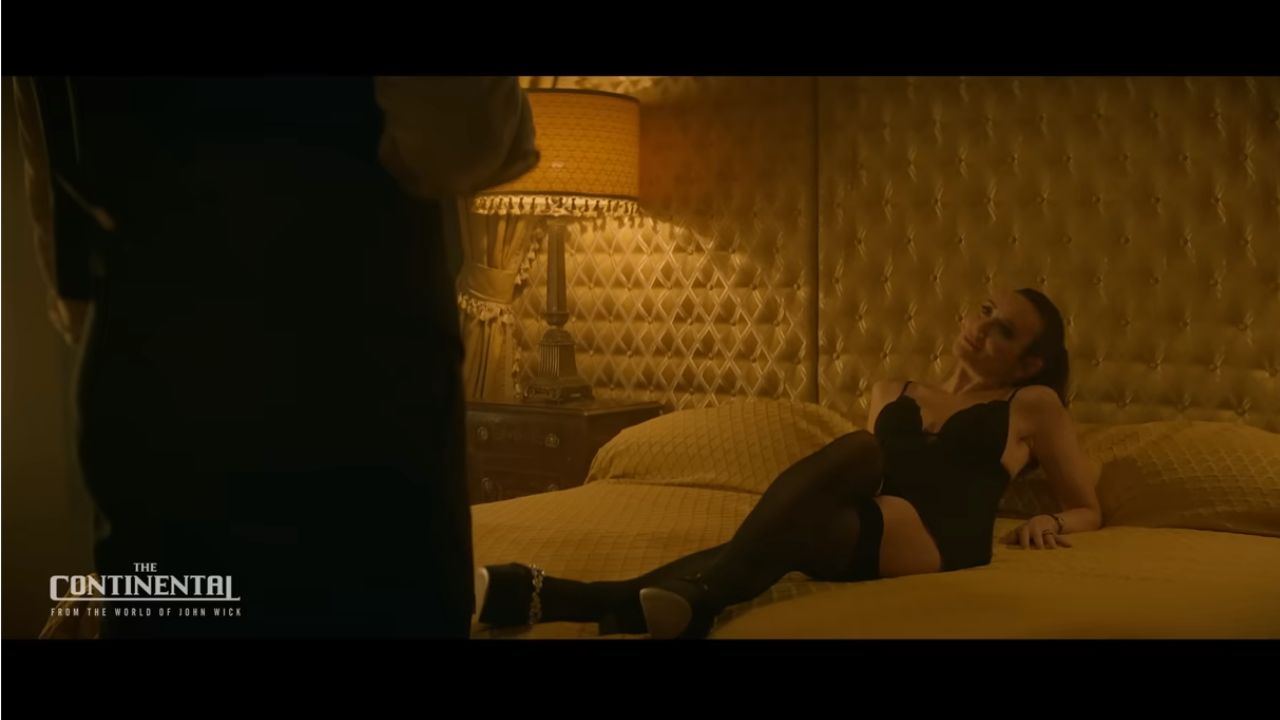
As revenge often hinges on something suitably dreadful to fuel it, a significant – some might say excessive – amount of violence takes center stage here. This violence, to some extent, is a key selling point, not necessarily gratuitous brutality, but rather one of the specific thrills that audiences have come to anticipate after watching the previous films. It’s not my intention to lay blame on video games, which have ingrained a “kill and kill again” aesthetic into generations, for this blending of the gruesome and the cool. While there may be some connection, it’s essential to note that the revenge thriller genre is far from a recent creation. You can trace it back through cinematic history, from the films of Charles Bronson to Francois Truffaut’s “The Bride Wore Black,” and even farther back to classics like “The Odyssey.” However, there’s no denying that we’ve seen a notable uptick in exploding heads of late.

